I have always been intrigued by how creative people find ways to build communities for connection, feedback, inspiration, cross pollination, accountability, emotional well being and more. In this essay, I want to explore how creative people around the world have built communities to drive meaningful connection over time. But…
What is Creativity?
Let us look at a few definitions of creativity as a word:
“Creativity is the ability to produce work that is both novel (i.e., original, unexpected) and appropriate (i.e., useful, adaptive concerning task constraints).” — Robert Sternberg & Todd Lubart (1999)
“Creativity requires a combination of domain-relevant skills, creativity-relevant processes (like risk-taking and flexibility), and intrinsic motivation.” — Teresa Amabile, Harvard Business School (1996)
“Creativity is the capacity to generate ideas, alternatives, or possibilities that may be useful in solving problems, communicating, or entertaining.” - UNESCO’s Take on Creativity in Education (2006)
“Creativity requires both originality and effectiveness.” — Mark Runco & Garrett Jaeger (2012)
Based on the above quotes, a creative person is someone who creates something novel using their skills, experience and background knowledge to serve the needs of their target audience in an effective manner.
What is Community?
The word "community" is rich in history and meaning, reflecting deep social, cultural, and linguistic roots.
Let’s break it down etymologically and historically:
Etymology
Origin Language: Latin
Root Word: communitas
From communis = “common, public, shared by all or many”
Components of communis:
com- = “together”
-munis = “performing services” or “ready to be of service, helpful”
So, "community" literally meant "shared duties or mutual obligations among people living together."
Historical Development in Language
Latin → Old French → Middle English
Latin communitas → Old French comunité (12th century) → Middle English communité (14th century)
Early English usage retained the sense of shared responsibility or fellowship.
Late Middle Ages & Early Modern Period (14th–17th c.)
Began to refer more to groups of people in close geographic or religious/social ties (e.g. village communities, religious orders).
Still retained the core sense of “shared life” and mutual dependence.
Modern Usage (18th century onwards)
The word expanded to abstract and metaphorical meanings:
Geographic: Local community, rural community, urban community.
Interest-based: The scientific community, artistic community.
Identity-based: LGBTQ+ community, Indigenous communities.
Based on an analysis of the above points we can conclude that the emphasis of the word community shifted more toward belonging, shared values, and identity rather than just shared obligations.
How Creative People Build Communities?
Here are some examples of communities created by creative people from 1300s to 2000s that shows you some of the benefits of building a community and connecting with other creative people who want to serve the same target audience.
As you read these community profiles try to understand what was unique about each community in terms of the historical context, the economic context, the cultural context, the political context, the target audience and the contributions of the key members of that group. Many of these communities restricted participation based on class, race, politics, gender, sexuality and background. These are important points to also analyze and consider as we look at the long term impact of these communities.
It starts off with profiles of communities based on geography. It ends with profiles of communities based on the cities in which they were formed. It also includes profiles of communities of inventors, writers, scientists, artists and entrepreneurs.
Geographic Communities (1300 to 1700)
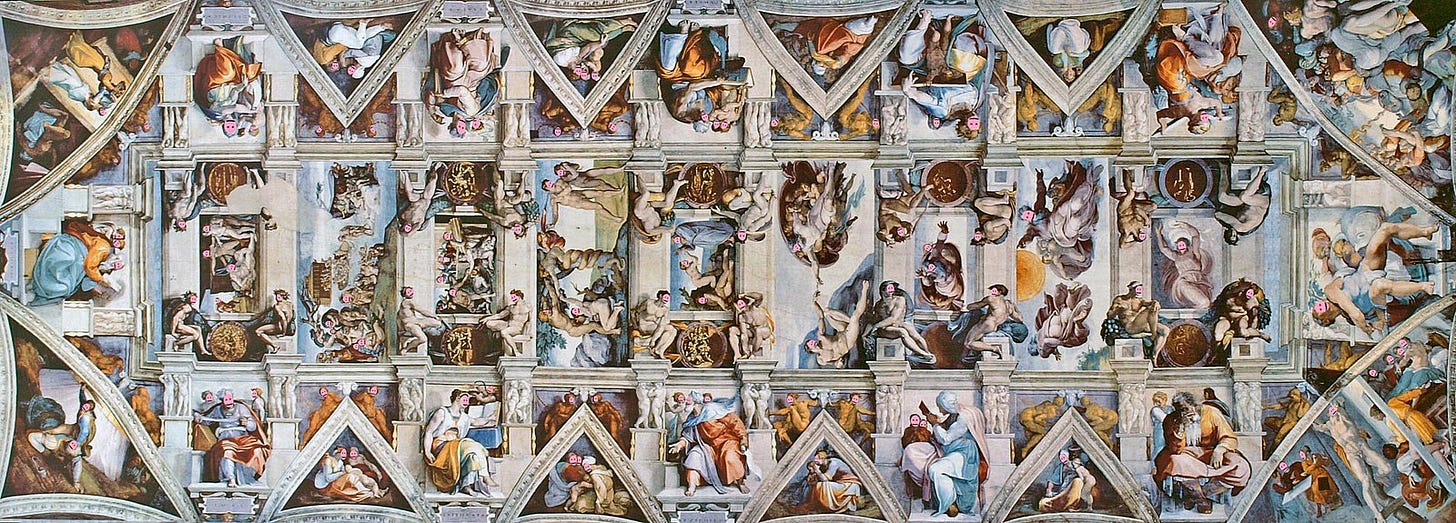
The Renaissance in Italy, spanning roughly from the 14th to the 17th century, was a transformative period that marked the rebirth of classical knowledge and the rise of humanism, art, science, and literature.
It began in cities like Florence, Venice, and Rome, fueled by wealthy patrons such as the Medici family and the Papacy, who supported artists and scholars.
The Italian Renaissance was special for its synthesis of ancient wisdom and new ideas, sparking a cultural revolution that reshaped Europe and laid the foundation for the modern world. The group included figures like:

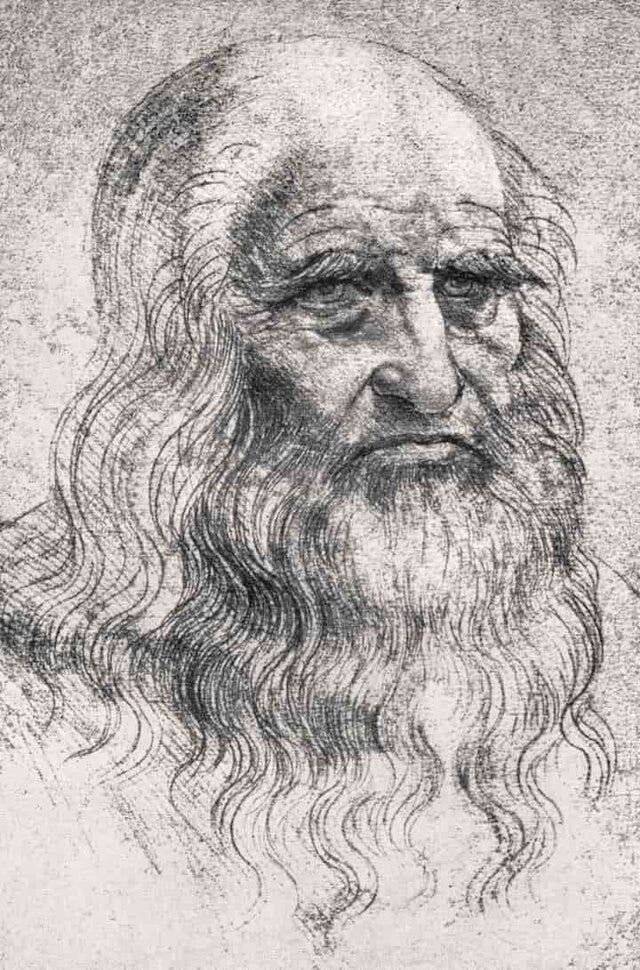
Leonardo da Vinci: Painter of Mona Lisa, The Last Supper; also a scientist, inventor, and engineer.
Dante Alighieri: Wrote The Divine Comedy, bridging medieval and Renaissance literature.
Michelangelo Buonarroti: Sculpted David, painted the Sistine Chapel ceiling, and designed parts of St. Peter’s Basilica.
Raphael: Known for The School of Athens and harmonious, balanced compositions.
Petrarch: Called the “Father of Humanism”; rediscovered Cicero’s letters and emphasized classical texts.
Niccolò Machiavelli: Author of The Prince, a political treatise on power and leadership.
Galileo Galilei: Though slightly post-Renaissance, he built on Renaissance thinking; revolutionized astronomy and physics.
#CommunityBenefits - The Italian Renaissance was special for its synthesis of ancient wisdom and new ideas, sparking a cultural revolution that reshaped Europe and laid the foundation for the modern world. These creative communities were mainly created in cities like Rome, Florence and Venice. It was well funded by the powerful banking dynasty in Florence. Families of Cosimo and Lorenzo de' Medici supported artists, architects, and scholars. Popes like Julius II also commissioned iconic works (e.g., Michelangelo’s Sistine Chapel).
Inventor Communities (1760 - 1810)
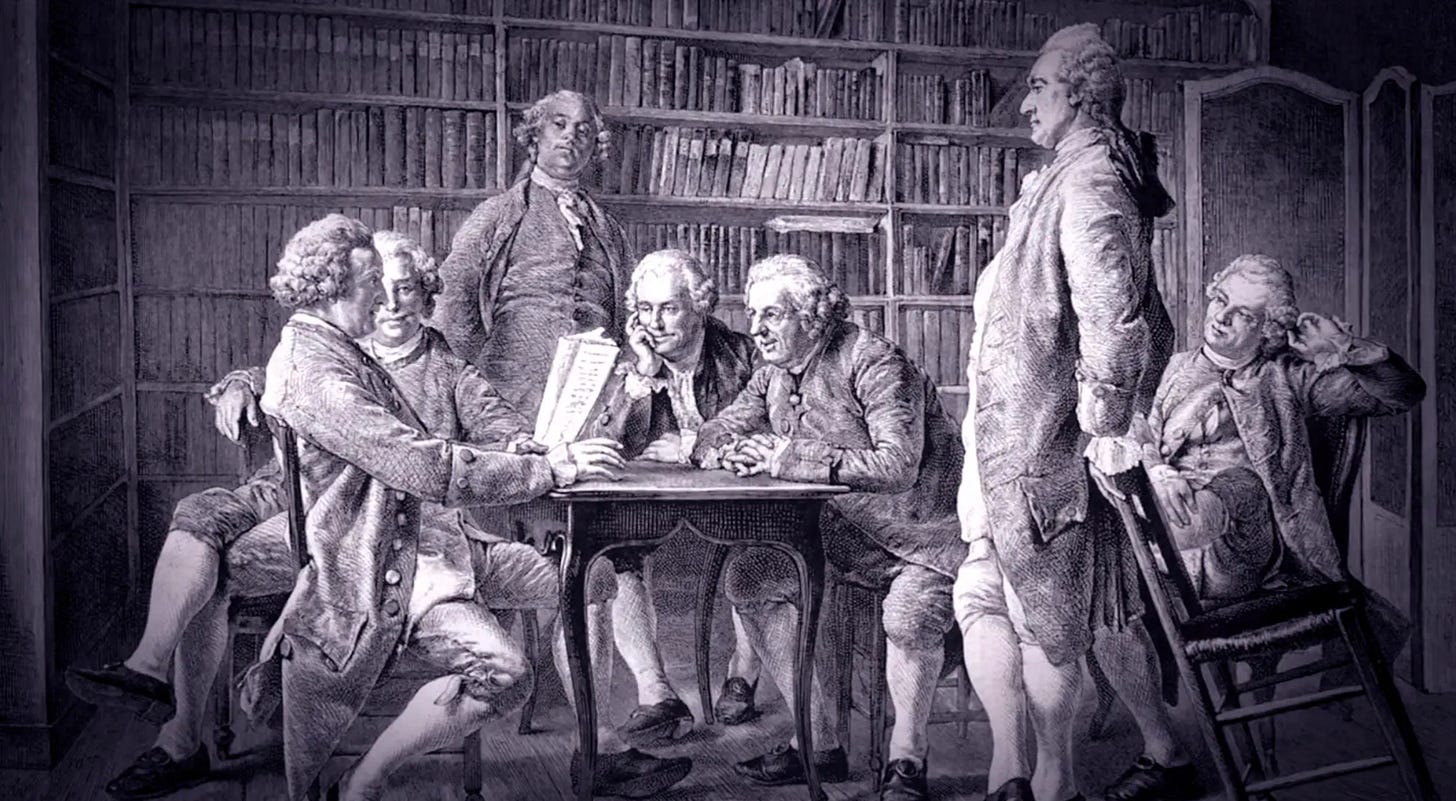
The Lunar Men of Birmingham refers to a group of prominent 18th-century scientists, inventors, and industrialists who were part of the Lunar Society of Birmingham. The group was active roughly from the 1760s to the early 1800s — so the "duration" of their core activity was about 40 to 50 years. They met primarily in and around Birmingham, England during the late 18th century. They met regularly during the full moon (hence the name "Lunar") to discuss science, technology, philosophy, and business. The group included figures like:
Matthew Boulton (manufacturer and entrepreneur)
James Watt (inventor of the steam engine)
Erasmus Darwin (physician, natural philosopher, and grandfather of Charles Darwin)
Josiah Wedgwood (potter and entrepreneur)
Joseph Priestley (chemist and theologian, credited with discovering oxygen)
William Small (doctor and mentor to Thomas Jefferson)
#CommunityBenefits - The Lunar Men of Birmingham were a remarkable group of 18th-century British intellectuals, inventors, and industrialists who gathered regularly during the full moon to exchange radical ideas that would help shape the modern world. What made them special was their unique blend of science, art, engineering, and entrepreneurship — a rare fusion at the time. Meeting in the heart of the Industrial Revolution, they weren’t just theorists — they were doers, translating Enlightenment ideas into machines, factories, and social progress. Their informal yet intellectually charged network laid the groundwork for advances in science, manufacturing, transportation, and even early evolutionary theory, making them a prototype for modern interdisciplinary innovation hubs and creative communities.
Writing Communities (1933 to 1949)

The Inklings were an informal literary group of writers and intellectuals who met in Oxford during the 1930s and 1940s. They’re most famous for their influence on modern fantasy literature and Christian thought. They met primarily in Oxford, England at a pub called The Eagle and Child Pub. The group included figures like:
C.S. Lewis. He was a scholar, novelist, Christian apologist. He wrote The Chronicles of Narnia series — iconic children’s fantasy with Christian allegory. He was a Professor of Medieval and Renaissance Literature at both Oxford and Cambridge.
J.R.R. Tolkien. He was a Philologist, novelist, professor. He wrote The Hobbit and The Lord of the Rings trilogy — foundational works in high fantasy literature.. He was Professor of Anglo-Saxon at Oxford and translated Beowulf.
Charles Williams - He was an Author, editor, theologian. He wrote mystical thrillers blending theology and the supernatural (Descent into Hell, All Hallows’ Eve). He was an editor at Oxford University Press.
Owen Barfield. He was a Philosopher and author. He wrote Poetic Diction and Saving the Appearances, exploring language, myth, and consciousness.
#CommunityBenefits - The Inklings were a remarkable mid-20th-century literary group based in Oxford, known for their deep camaraderie, intellectual rigor, and shared passion for myth, faith, and storytelling — most famously embodied in the works of C.S. Lewis and J.R.R. Tolkien. What made them special was their commitment to serious literary craftsmanship within a supportive but critical community, where members read drafts aloud, debated themes, and sharpened each other’s ideas. Unlike many literary groups, the Inklings weren’t avant-garde or political; they were countercultural in a different way — reclaiming ancient myth, moral imagination, and Christian worldview at a time when modernism was dominant. Their meetings at pubs like The Eagle and Child created a fertile ground for some of the most influential fantasy literature of the 20th century, including The Lord of the Rings and The Chronicles of Narnia. The group’s blend of fellowship, feedback, and shared creative purpose turned individual genius into lasting cultural legacy — proving how powerful community can be in shaping meaningful art.
Scientist Communities (1911 onwards)
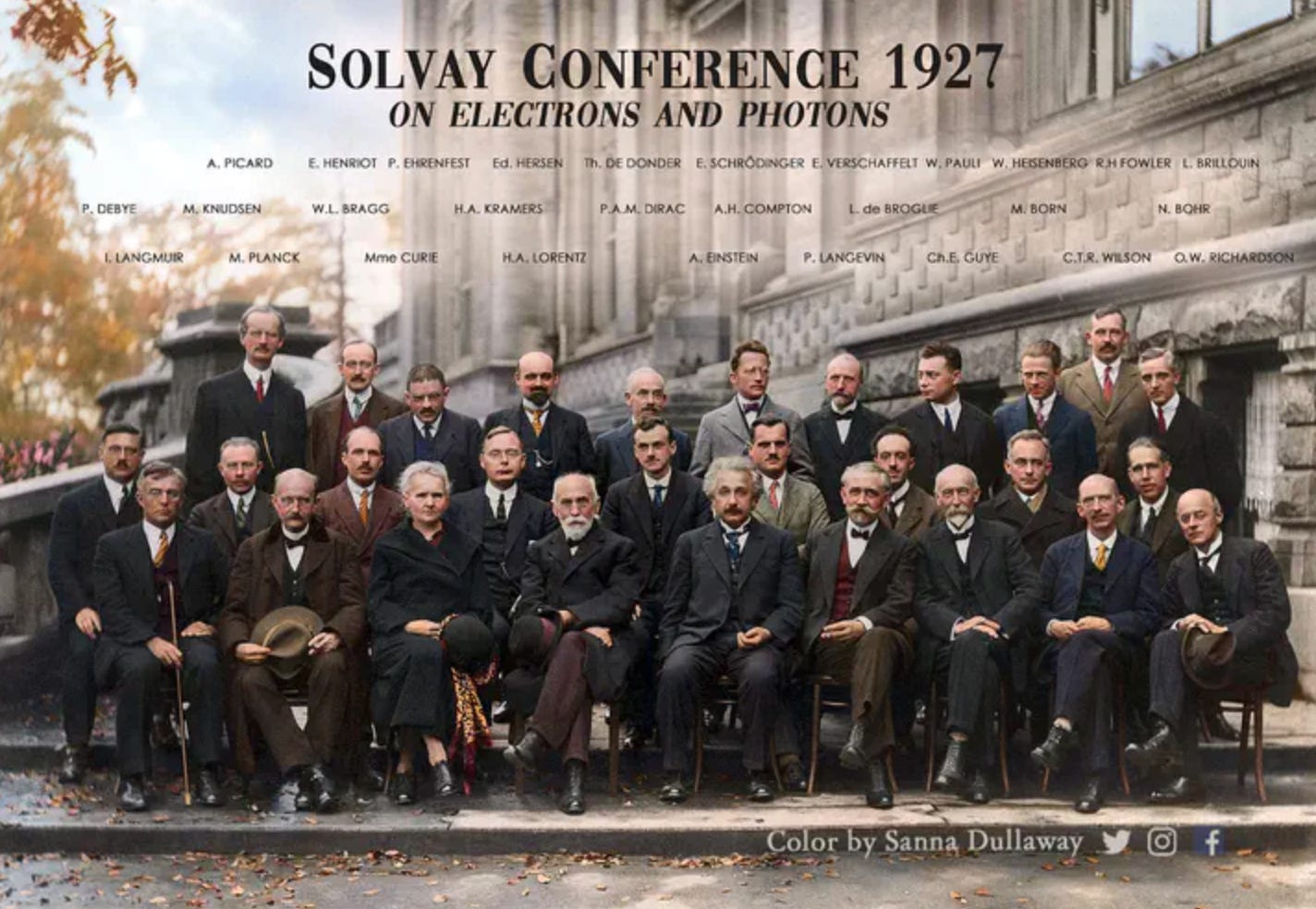
The 1927 Solvay Conference (held in Brussels, Belgium) is one of the most important gatherings in the history of physics, especially known for its iconic group photo and deep debates on quantum theory. Out of the 29 attendees, 17 were or would become Nobel Prize winners. The Solvay Conferences are historically held in Brussels, Belgium. This conference is often seen as a turning point where quantum mechanics began to take its modern form. Here are some of the most important participants (out of 29 total):
Albert Einstein – challenged quantum mechanics, famously skeptical of its indeterminacy.
Niels Bohr – defended the Copenhagen interpretation; had famous debates with Einstein.
Werner Heisenberg – creator of the uncertainty principle.
Erwin Schrödinger – wave mechanics; known for Schrödinger’s cat thought experiment.
Wolfgang Pauli – proposed the Pauli exclusion principle.
Max Born – statistical interpretation of the wave function.
Paul Dirac – early quantum theory and predicted antimatter.
Louis de Broglie – wave-particle duality of electrons.
Max Planck – father of quantum theory.
Hendrik Lorentz – chaired the conference.
Marie Curie – only person to win Nobel Prizes in both Physics and Chemistry.
Arthur Compton – Compton effect, showed light behaves like particles.
Robert A. Millikan – measured the electron's charge via the oil-drop experiment.
C.T.R. Wilson – invented the cloud chamber.
#CommunityBenefits - The 1927 Solvay Conference was a historic gathering that marked a turning point in the development of modern physics, bringing together the greatest scientific minds of the time to debate the nature of quantum mechanics — a field still in its infancy. What made this conference special was not just the concentration of brilliance (17 of the 29 attendees were or became Nobel Prize winners), but the intensity and depth of the discussions, particularly the now-legendary debates between Albert Einstein and Niels Bohr over the meaning of quantum theory and the role of determinism in nature. Held in Brussels and sponsored by industrialist Ernest Solvay, the conference was the fifth in a series but became the most iconic because it captured a pivotal moment when classical physics was being fundamentally challenged and redefined. Alongside Einstein and Bohr were pioneers like Marie Curie, Werner Heisenberg, Erwin Schrödinger, Wolfgang Pauli, and Max Planck, whose collective contributions would lay the foundation for quantum mechanics, atomic energy, and technologies that transformed the 20th century. The 1927 Solvay Conference wasn't just a meeting — it was a battle of worldviews that shaped the future of science.
Artist Communities (1947 - 1960)

The Bombay Progressive Artists' Group (PAG), founded in 1947, was a revolutionary collective of Indian artists who sought to break away from colonial-era academic art and traditional nationalist styles. Their primary location was Mumbai — that's where the artists lived, worked, and exhibited during the formative years of the group.They introduced modernism to Indian art and connected it with global artistic movements. The key members were:
F.N. Souza - He was the First Indian artist to achieve fame in post-war Europe. His style included bold lines, distorted figures, expressionism, and Catholic iconography.
M.F. Husain - He became India's most recognized modern artist globally and i known as the "Picasso of India". His style included Cubist-inspired, vibrant colors, depiction of Indian culture, mythology, and politics.
S.H. Raza - He created the Bindu as a central motif symbolizing cosmic unity. His style included abstract expressionism evolving into geometric abstraction using Indian symbols (bindu, mandala).
S.K. Bakre - He was a Sculptor (also painted); influenced by modern European styles. The only sculptor in the founding group.
#CommunityBenefits - The Bombay Progressive Artists' Group (PAG), formed in 1947 shortly after India’s independence, was revolutionary for its bold departure from traditional Indian art styles and its embrace of modernism. Founded by artists like F.N. Souza, M.F. Husain, S.H. Raza, H.A. Gade, K.H. Ara, and S.K. Bakre, the group aimed to reflect the new nation's complex identity by blending Indian themes with modern European techniques such as cubism, expressionism, and abstraction. What made the group particularly special was its defiant cosmopolitanism in a newly post-colonial India—its members rejected both colonial academic realism and religious nationalism in art, instead choosing to express a raw, personal, and often politically charged vision of Indian life. They were united not by a single aesthetic but by a shared belief in innovation, freedom of expression, and the power of art to provoke thought. The group's legacy continues to influence contemporary Indian art, and many of its members went on to achieve global recognition, placing Indian modernism on the world map.
Entrepreneur Communities (1990 - 2025)

The PayPal Mafia, refers to a group of former PayPal founders, early employees, and executives who went on to create and invest in some of the most influential tech companies in the world. The original PayPal Mafia was largely based in Silicon Valley, particularly around the San Francisco Bay Area, California, during the late 1990s and early 2000s. Their impact shaped Silicon Valley’s modern startup culture. The group included figures like:
Peter Thiel (Co-founder, CEO) - He Co-founded Palantir Technologies (data analytics, defense tech). First outside investor in Facebook.
Max Levchin (Co-founder, CTO) - He later founded Affirm, a leader in BNPL (Buy Now Pay Later) fintech.
Elon Musk (Founder of X.com, which merged with PayPal) - He later founded Tesla (electric cars) and SpaceX (space exploration).
Reid Hoffman (COO) - He later Founded LinkedIn, the world’s largest professional network.
Roelof Botha (CFO) - He later became a partner at Sequoia Capital.
Steve Chen, Chad Hurley & Jawed Karim (Early Engineers/Designers) - They later became Co-founders of YouTube (2005), later sold to Google for $1.65 billion.
Jeremy Stoppelman (Engineer) - He later co-founded Yelp, the go-to platform for local business reviews.
#CommunityBenefits - The “PayPal Mafia” refers to a group of influential entrepreneurs and investors who were early employees or founders of PayPal and went on to shape the modern tech landscape after the company was sold to eBay in 2002. What made this group special was not just their individual talents, but the intense startup environment at PayPal that forged a culture of innovation, resilience, and unconventional thinking. Many members—including Elon Musk, Peter Thiel, Reid Hoffman, Max Levchin, and David Sacks—took the lessons they learned about scaling companies, navigating regulatory hurdles, and leveraging network effects, and applied them to launch groundbreaking ventures such as Tesla, SpaceX, LinkedIn, YouTube, Yelp, Palantir, and Affirm. Their deep loyalty to each other and willingness to invest in each other's ventures created a tight-knit ecosystem of influence and capital, helping to redefine Silicon Valley’s startup scene in the 2000s and beyond. The PayPal Mafia became a symbol of how a single startup can become a breeding ground for future tech titans.
City Communities (1910 to 1930)
Cities have also inspired people to build communities that bring creative people together. This happened in New York and Paris in the 1920s after the end of the first World War. Here is the story and impact of two such creative communities called the Harlem Renaissance and the Montparnasse Renaissance:
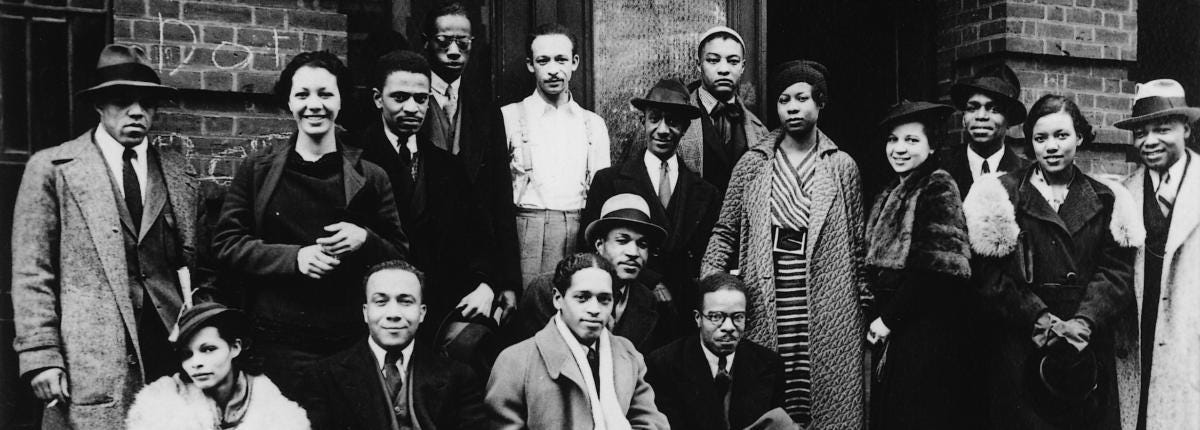
The 1920s Harlem Renaissance in New York (picture of key members above) was a vibrant cultural, artistic, and intellectual movement that emerged in the 1920s and 1930s, centered in the Harlem neighborhood of New York City. It marked a powerful awakening of African American creativity and pride, as Black writers, musicians, artists, and thinkers expressed their identities and challenged racial stereotypes through their work. Figures like Langston Hughes, Zora Neale Hurston, Duke Ellington, and Aaron Douglas became prominent voices, blending African heritage with modern themes in literature, jazz, visual art, and performance. The movement was deeply intertwined with the Great Migration, as millions of African Americans moved from the rural South to northern cities, seeking opportunity and escape from segregation. While it was centered in Harlem, its impact rippled across the United States, laying the foundation for future civil rights activism and reshaping American culture.
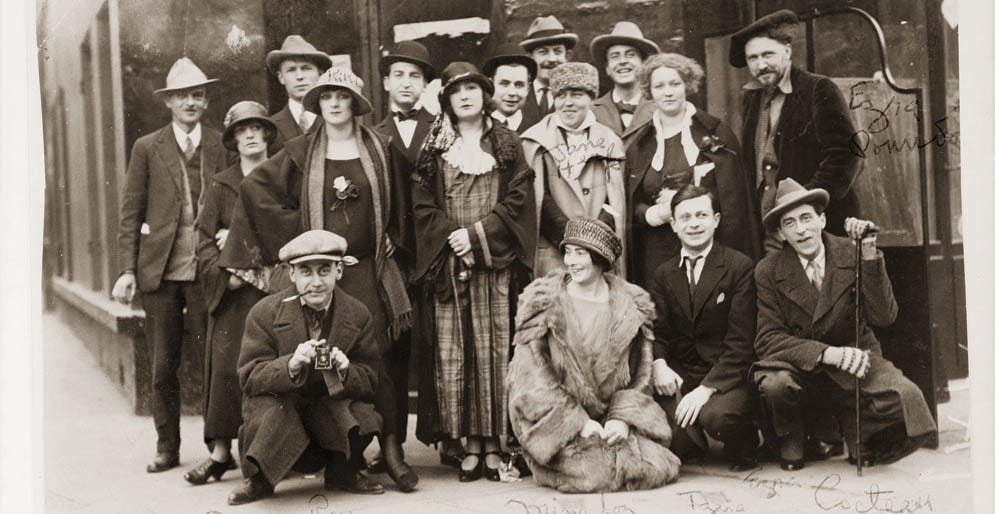
The 1920s Montparnasse Renaissance in Paris (picture of key members above) was a dynamic cultural and artistic explosion centered in the Montparnasse district of Paris, which became a magnet for avant-garde thinkers, writers, and artists from around the world. Often referred to as the "Années folles" or "Crazy Years," this period saw a rich cross-pollination of ideas fueled by post-World War I disillusionment and a hunger for new forms of expression. Immigrant and expatriate communities, especially from the U.S. and Eastern Europe, found a haven in Montparnasse’s cafés and studios, where figures like Ernest Hemingway, F. Scott Fitzgerald, Gertrude Stein, Man Ray, Pablo Picasso, Amedeo Modigliani, and Josephine Baker thrived. The district pulsed with jazz, surrealism, modernist literature, experimental art, and a bold spirit of rebellion against convention. Unlike any other place at the time, Montparnasse became a living canvas for freedom, collaboration, and reinvention, influencing global culture for decades to come.
What do I do as a Creative person seeking a Community today?
You have an advantage.
Technology.
A lot of these communities were built in a world without the Technology Tools we take for granted today.
But you need to use Technology in creative ways to bring people together in physical and digital comunities in a sustainable and engaging manner over a long period of time.
That is one possible answer. You need more guidance?
You are a creative person.
Challenge yourself to create a novel and effective solution to this complex problem using resources in your immediate physical and digital network.
Abhishek






Well-researched and presented, Abhishek! A sense of community is primal, isn't it? Historically, humans functioned in tribes. And now in our evolved avatars, the search is for meaningful communities, especially for those who migrate away from their roots for a job, to pursue their passion, or for a settled life. Brands also strive to build a community of people. And here, on Substack, we creators are also creating a community around our individual Substacks as well as collectively by liking, commenting, and sharing posts!
'Core sense of “shared life” and mutual dependence' - stuck with me, a lot like how I interpret communities. Such a well researched article, reading this made me realise that our world is shaped so much with brilliant individuals who had wonderful communities backing them. Our need to connect and belong is so innate.